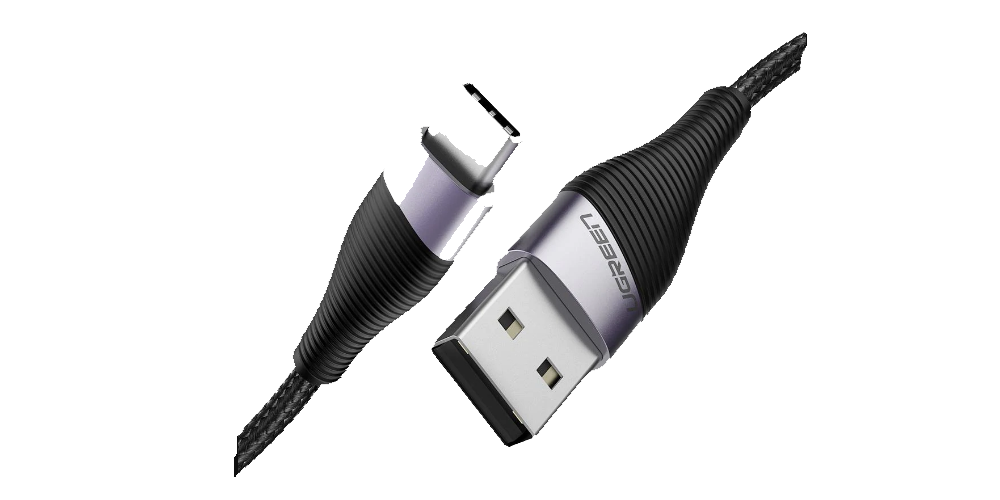The USB Type-C connector is here to stay, as evidenced by the increasing number of Windows and Mac laptops that feature the interface. Learn why this is a good thing and where it’s going in this article.
Is USB-C Like Micro USB?
Upon first glance, the USB-C connector resembles a micro USB connector. However, it is oval-shaped and has a flappable feature inside its thicker exterior.
There is no up or down orientation for the USB-C connector, no way you plug it in. It’s always the “right way up” if you align the connector correctly; you never have to flip it over. This means that you don’t have to worry about figuring out which end goes where on the standard cables because they have the same connector on both ends! For the past 20 years, that hasn’t been the case with all USB cables. The connectors on either end of the cable are usually different.
USB-C and USB 3.2: The Numbers Beneath the Port
The numbers that are attached to USB-C ports can be tricky. USB-C connectors are typically rated for 10Gbps. (10Gbps is twice as fast as USB 3.0’s original data transfer rate.) The “USB 3.2 Gen 1×2” designation refers to the USB-C ports that can deliver this maximum data transfer rate. However, USB ports with 10Gbps speeds may also be found in the USB Type-A rectangles that everyone knows and are referred to as “USB 3.2 Gen 2×1.” Only a few desktop computers have USB Type-C ports with 10Gbps ports, which are more common than USB ports with Type-A ports.
Note: You should look for a 10Gbps designation or USB 3.2 Gen 1×2 on a USB-C port to make sure it supports 10 Gb/s transfers due to some older ports only supporting 5 Gb/s. So long as you use the slowest component, all of these ports will work together.
Is this all starting to make sense to you? It’s only going to get more complicated. USB 3 port references have become somewhat of a swamp since the numbering scheme for those ports since the beginning of 2019. A lot of USB-C ports and spec sheets used to be identified by the “USB 3.1” label and the “SuperSpeed” branding when the USB 3.2 label had not yet been coined. The USB-IF has decided to drop the term “USB 3.1” in favor of these different flavors of USB 3.2 in a confusing twist.
As you can see above, all three designations are the same; they just have different names. If a device has a USB 3.1 label, you should contact the manufacturer or reseller to determine the port’s maximum transfer speed.
Summing Up
The USB 3.2 Gen 2×2 specification, which has a top speed of 20 GBps, is used in some USB-C ports. The USB-IF chose “2×2” because it doubles the number of data lanes in a USB-C cable, allowing for a transfer rate of 20 Gbps. These ports were not widely available until recently, but they can be found on some high-end motherboards. They are likely to be phased out in favor of a new USB-C port variant supporting USB4 in the future. Ugreen offers these new cables that meet the latest specifications and is mostly compatible with various devices. You can check out their website to learn more about the newest USB – C cables.


